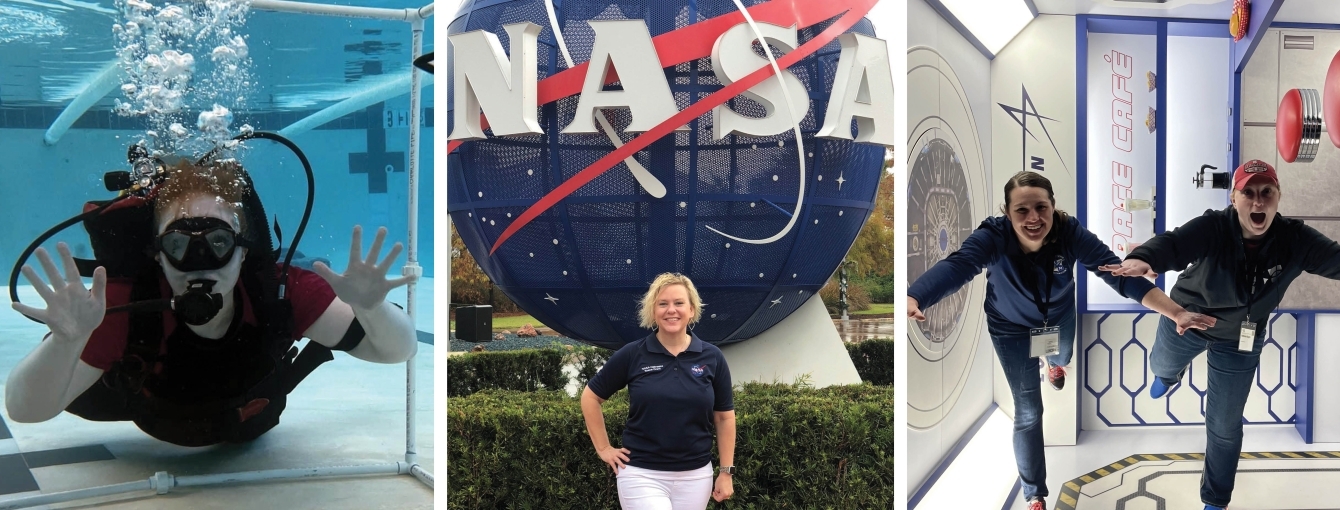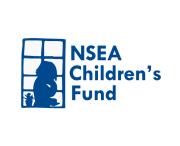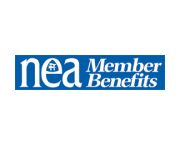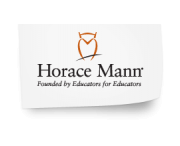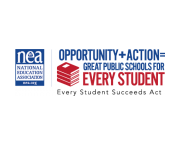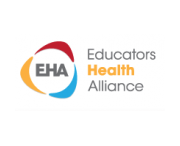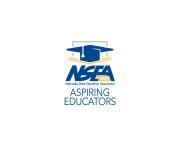SUPPORT FOR SCIENCE
McKenna Rogers was two years into earning a pre-med degree when she realized she wanted to be inside a classroom.
"I knew I liked science, and I knew I liked helping people," McKenna said. "At the time, I was coaching and mentoring and I loved doing that. It didn’t click until halfway through my sophomore year that I should probably switch my major to education and teaching.”
McKenna was student teaching with Katie Hammond's 8th grade science class at Mickle Middle School when she discovered a love for space.
“I have a passion for science but the way I learned about space when I was growing up was through a textbook,” she explained. “Watching how Katie taught space and finding my passion for it as a student teacher is an example of how a great teacher can affect your life.”
McKenna and Katie are now both full-time educators at Mickle Middle School. They teach 7th and 8th grade science—which encompasses a space science curriculum. This February both women attended the Space Exploration Educators Conference (SEEC) at the Johnson Space Center in Houston, Texas, thanks to grant money provided by both the Lincoln Education Association (LEA) and the National Education Association (NEA). The pair received the Barbara Buckingham Patronsky scholarship worth $2,000 last May through the LEA Foundation.
The Space Exploration Educators Conference offers educators of all disciplines a three-day learning experience based in science, technology, engineering, and mathematics (STEM).
“We’re trying to bring back the latest and newest advancements in space science back into the classroom for students,” Katie explained. “If we don’t stay on top of the science to be able to educate our students, we’re doing them a disservice when they leave our classroom. We want them to see where the science is now and show them where it’s going because they’ll be the next generation leading advancements in STEM careers.”
Grant money provided through their membership with LEA will give McKenna and Katie a leg-up on the evolving science. Their use of NASA-backed professional development has enabled them to create their own educational approach to inspire their students.
“I do see the wide eyes in my classroom when they’re engaged with our projects. I’m still very early in my career but I hope I’m making an impact on my students," McKenna explained.
With nine years in the classroom, Katie can already see the impact she's had on her students.
“I recently had a parent of a former student of mine tell me that after taking my class she opted into engineering classes in high school and one of the things she’s figuring out now is if aerospace engineering might be something she wants to pursue in college," Katie said.
INSPIRED EDUCATORS
Pam Petersen was in high school when she first envisioned that she could have a successful career in science. Pam, a Blair Education Association member and 20-year veteran teacher in Nebraska, was able to do research at UNMC as a Nebraska high school student. She also had the opportunity to work as an educational intern at NASA's Kennedy Space Center for two summers. Pam has been a NASA Nebraska Space Ambassador for the last 10 years and is a NASA Fellowship coach. The fellowship is a pilot program for college freshmen and sophomores trying to build the STEM pipeline for industry.
Pam's work goes beyond just her own classroom, she was part of the inaugural class of the Nebraska Department of Education’s STEM fellows and most recently testified on behalf of NSEA in support of LB787.
STEM Vs. STEEM
LB787 would adopt the STEEM Development Act for Nebraska. STEEM is the acronym for Science, Technology, Engineering, Entrepreneurship and Mathematics.
“Nebraska must address the issues with availability,” Pam told the Education Committee in February. “In my experience, STEEM is not available to all our students. Typically, STEEM programs are expensive-- requiring resources, costly supplies, and, of course, qualified teachers."
As Nebraska grapples with teacher shortages, Pam encouraged lawmakers to act now to address issues of availability in public schools so all students have access to STEEM curriculum.
"Another trend I see is that some programs are only for high-ability students as a way to challenge students," she said. "These students aren’t always the ones with the best problem-solving abilities. How can we provide opportunities for students in a real-world, meaningful way so students feel confident to pursue careers in these areas?”
GAME-BASED LEARNING
NSEA supports LB787’s goal of putting STEEM into the hands of all Nebraska middle and high school students.
Provisions in the bill provide a way to introduce the materials by immersing students in STEEM using gamification.
The game-based learning platform outlined in LB787 has many benefits, and Pam believes it could engage students more effectively than traditional coursework.
"This engagement leads to higher retention in learning as well as instant feedback and reinforcement," Pam said.
Katie and McKenna use a similar feedback-reinforcement approach in their own classrooms.
“We give them a problem and we have them work through how they will solve it. We’re not frontloading vocabulary. We’re not giving them the answers. We’re asking our students to think critically about how to solve it,” said Katie.
The ultimate goal for NSEA members—especially those teaching STEM—is to provide opportunities to empower students to be creators, thinkers, problem solvers, doers, innovators and to become passionate about learning.
"Even if it’s one student we’ve been able to inspire to spark a passion for science that’s huge as an educator," McKenna said.
L.E.A.R.N — Providing valuable learning opportunities for educators: LearnNebraska.org Visit Website

